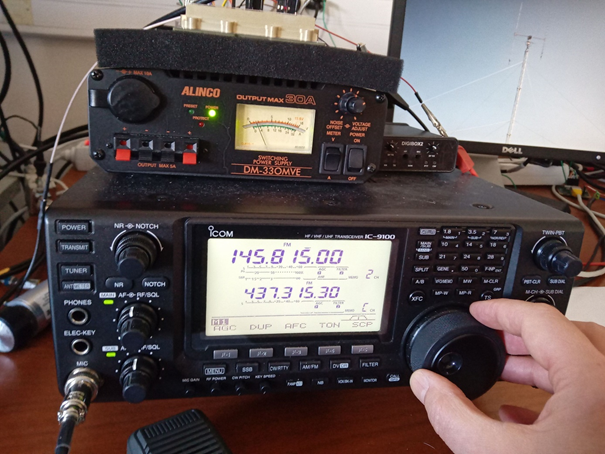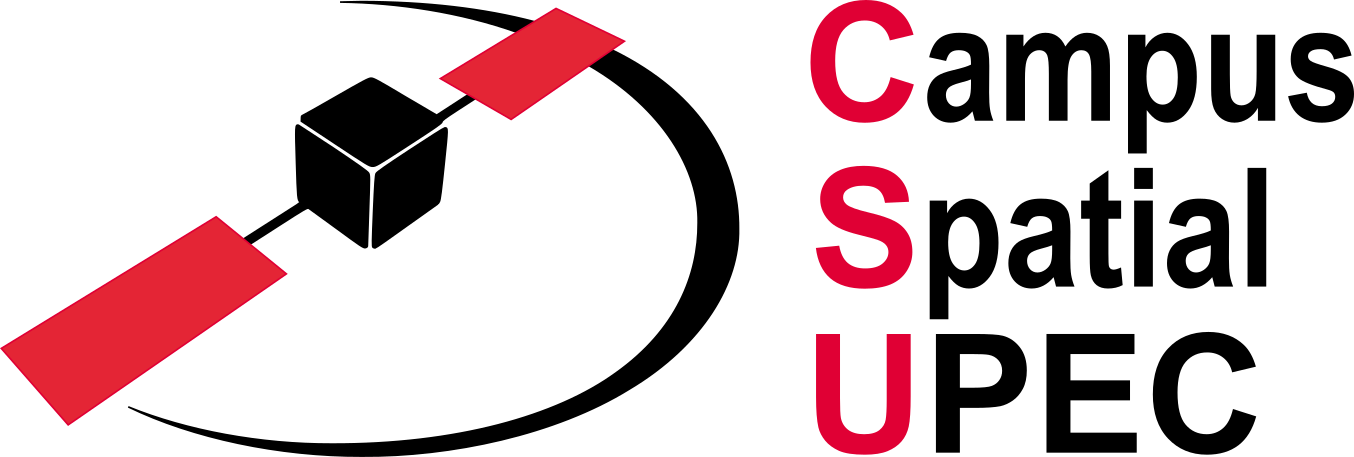A radio club at the ground station of the Space Campus

In order to be able to use our ICOM IC-9100 transceiver to send remote control frames to our future CUBESAT, the head of the ground station, Daniel Kalinowski, teacher and researcher at the IUT of Créteil-Vitry in the GEII department. Holder of an amateur radio license (call sign F4HYX), applied to the National Frequencies Agency (ANFR) to obtain a radio club call sign.Le radio-club CAMPUS SPATIAL UPEC.
This will allow a colleague from UPEC, who is part of this radio club, and who will have an amateur radio license, to use the radio facilities of the space campus ground station.
If you are interested do not hesitate to contact us.
The radio club code assigned to us by the ANFR is : F4KMJ
F for France and K for radio club.
To obtain an operator’s license or certificate, two tests in the form of multiple choice questions are necessary:
- A 30-minute technical test
- A 15-minute regulatory test
The ANFR examination center for Ile de France is:
Villejuif regional service
112, rue Édouard-Vaillant
94815 Villejuif Cedex
Tél. : 01 49 58 31 00
To prepare for the exams, you can follow the various lectures and exercises with the links below:
The course of the Radio-Club of Neuilly sur Marne (93) with exercises, put online by F6KGL and F5KFF:
http://f6kgl.f5kff.free.fr/cours_radio.pdf
Multiple choice training questions for the F4HVV exam:
https://exam1.r-e-f.org/accueil
And small videos from the F6KUG:
http://f6kuq.r-e-f.org/formation/video/
We are now authorized to use our VHF transmitter.
We were able to test a radio link to the ISS. During a passage (duration less than 10 minutes) we used for this test the repeater function of the international space station also called Digipeater.
This involves sending an APRS digital frame in AX25 format, which is the format used for CUBESAT radio communications.
If the ISS receives the frame correctly, it is then automatically sent back to earth, which validates the transmission.
So here is our first broadcast test of 12/4/2021.
The transmitted frame (T):
1:Fm F4KMJ To CQ Via NA1SS <UI C Pid=F0 Len=9> [16:53:48T]
:73 QSL?
And the received frame (R):
1:Fm F4KMJ To CQ Via NA1SS* <UI C Pid=F0 Len=9> [16:53:49R] [+++]
:73 QSL?
The delay between the two frames is one second.
Here is the content of the message:
From F4KMJ (callsign of the CAMPUS SPATIAL UPEC radio club)
To CQ (Call to all)
Via NA1SS (US call sign for the ISS)
: (start of a text message)73 (code signifiant salutations)
QSL? (Q code: request for acknowledgment of receipt by a station listening to the ISS)
Success for this first VHF radio to satellite transmission test!
As a bonus, an acknowledgment of receipt obtained from IW3RGK in Italy:
1:Fm IW3RGK To CQ Via NA1SS* <UI C Pid=F0 Len=68> [16:54:56R] [+++]
:BLNQSL1/2:M0HHF,PA3CPK,F4KMJ,EA4GMY,ON7KEI,DL1AKC-7,IK3ZGB-2,9H1FF,
Article written by Daniel Kalinowski, head of the ground station and the CAMPUS SPATIAL UPEC radio club

